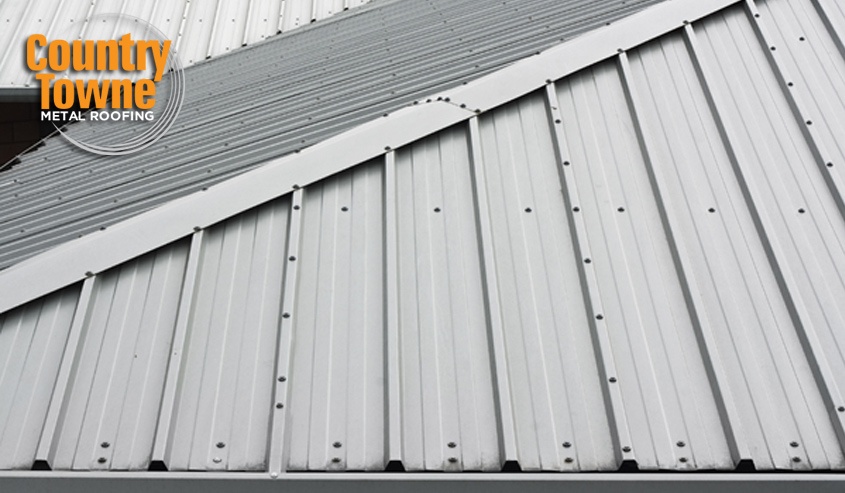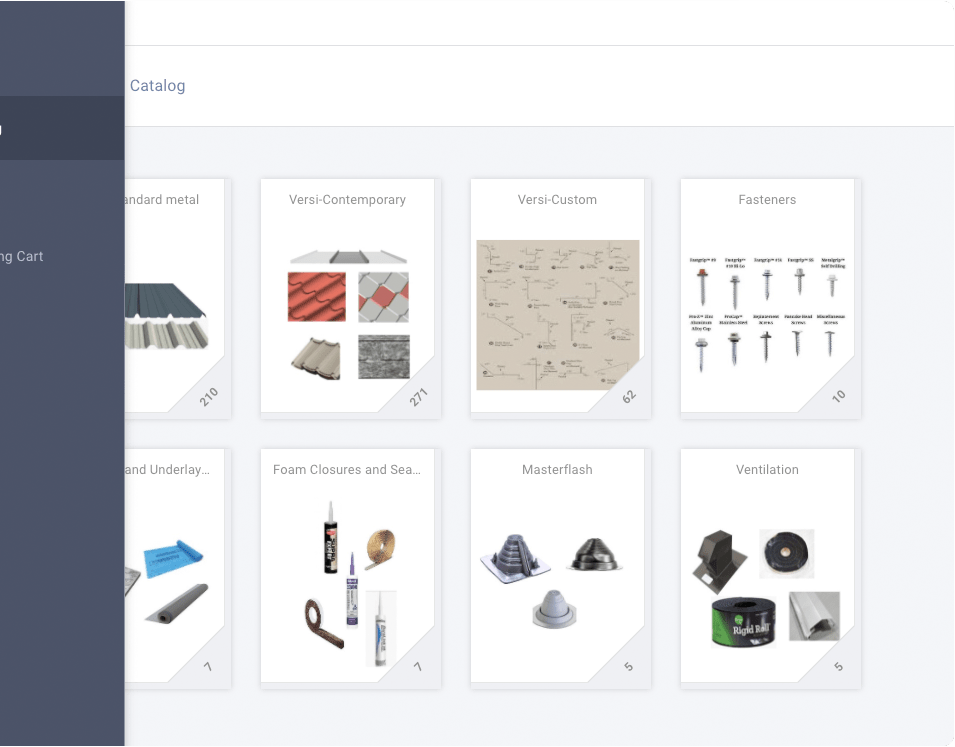When you’re in the market for a new roof, there are a lot of things that might cross your mind: You want something cost-effective, aesthetically pleasing, and something that will keep the rain off of your head.
What few people think of, however, is how roofing can affect their total power consumption.
Here, we’re going to dive into how a new roof, and more specifically a new metal roof, can help you save on energy costs:
The Building Envelope
To understand the role of roofing in energy conservation, it’s first important to understand the building envelope. In plain terms, the envelope consists of all of the features of a building that keep the outside air out, and the inside air in. Your walls, windows, outside-facing doors, and roof are all essential components of the building envelope.
The more well-insulated your building envelope is, the better your home will be at staying warm in the winter and cool in the summer. The more efficient your home’s insulation is, the less you’ll have to spend on heating and cooling. In other words, better insulation = more energy efficiency.
Why Metal Roofing Is So Cool (Literally!)
Okay, so we’re trying to keep cool in the summer and warm in the winter. There are two ways we can go about doing this – we can try to stop outside temperatures from getting in, and we can try to stop the temperature inside from getting out. While all insulation does both things (insulation stops the transfer of heat in either direction), metal roofing goes a step further.
You see, while much of the heat transfer that occurs between a building and the outside world is through convection (basically, air moving around), some heat transfer occurs through radiation. The sun’s rays are the primary source of radiant heat here on Earth.
Now, when you have conventional asphalt tiles, you’re not doing a lot to stop radiant heat. In fact, black asphalt tiles can absorb around 90% of the radiant heat that hits them – that heat is then transferred into your home. From there, your air conditioner has to work that much harder.
Metal roofing, conversely, reflects radiant heat. Not perfectly, mind you, but much better than asphalt tiles. What’s more, metal roofing can be coated in order to reflect radiant heat even more efficiently – some coatings offer around a 90% reduction in radiant heat absorption.
What About Canadian Winters?
Obviously, in Canada, cooling is important, but not our primary concern. Most of our energy costs come from heating. Given that reality, wouldn’t we prefer asphalt roofs?
Fortunately, the reflection of radiant heat isn’t nearly as important a factor in the winter as it is in the summer. We get both far fewer sunlight hours and far less radiant heat in the winter, so the extra heat that your asphalt roof could absorb is almost inconsequential.
What’s more, installing a new roof should always lead to better insulation – if it’s properly installed. In the wintertime, the primary concern is loss of heat, which, as we discussed, is countered by proper insulation.
Insulating metal roofs is tricky, there’s no doubt about it. The complexities of metal roof insulation are kind of mind-boggling, but if you’re technically inclined I recommend reading the linked article for a very comprehensive overview. In short, the effectiveness of insulation in conjunction with a metal roof will depend on the type of insulation used, the framing and fasteners used, and what steps were taken to reduce air leakage and moisture buildup.
Fortunately, you don’t have to worry about any of these things – your roofing experts will take care of all of it for you. When you replace a damaged or worn out roof with a new metal roof, you’ll lose less heat in the winter, which means you’ll spend less on utility costs.
A Broader Perspective
Now that we understand how metal roofs can help you reduce cooling in the summer, and how new roofs can reduce heating costs in the winter, it’s easy to understand how a new metal roof can lower your energy costs.
Let’s take a step back and look at the bigger picture. Do metal roofs lower global energy costs?
The answer, fortunately, is a resounding yes. Asphalt is made of petroleum. We’re quite sure the global energy cost of using more petroleum to make more things is obvious to you.
Metal roofing, on the flip side, is made entirely (or almost entirely) out of recycled metals. What’s more, metal roofs are recyclable themselves. In terms of global energy costs, that’s a huge boon.
Another important consideration is how often a roof needs to be replaced – after all, roofing of any kind will take some energy to produce, so durability is an important environmental concern. While asphalt roofs typically last somewhere from 15-25 years, metal roofs usually last 50+ years. That means a lot less waste. When a metal roof has gone beyond its lifespan, the metals in the roof are recycled.
Whether you’re taking a personal or a global perspective, a new metal roof saves on energy costs. They’re wonderful insulators that are excellent at reflecting radiant heat, they’re better for the environment, and they’re more durable than their asphalt cousins. For those looking for energy conservation, the choice of roofing material is clear. Reach out to us today with any questions.




Share This Article
Choose Your Platform: Facebook Twitter Google Plus Linkedin